What are these snails in my compost?!
ainadaliel
13 years ago
Featured Answer
Sort by:Oldest
Comments (17)
susanfromhawaii
13 years agoainadaliel
13 years agoRelated Professionals
Londonderry Landscape Architects & Landscape Designers · New Bedford Landscape Architects & Landscape Designers · Milwaukee Landscape Architects & Landscape Designers · Alexandria Landscape Contractors · Gurnee Landscape Contractors · Hayward Landscape Contractors · Lady Lake Landscape Contractors · Lynchburg Landscape Contractors · Newberg Landscape Contractors · Northport Landscape Contractors · Saint George Landscape Contractors · Washington Landscape Contractors · Antioch Landscape Contractors · Coos Bay General Contractors · Markham General Contractorsdefiningsound
13 years agoequinoxequinox
13 years agopjames
13 years agoainadaliel
13 years agojolj
13 years agoequinoxequinox
13 years agodsfoxx
13 years agoPinky Anicete
3 years agolast modified: 3 years agojnlc44
3 years agoTeresa Pisanello
3 years agojoe LeGrand
3 years agojnlc44
3 years agonapapen
3 years agoHU-683157622
last year
Related Stories

EVENTSOn Show: Weird, Wondrous Science Meets Design
Houses grown, not built. Power-generating soil. And snail poop that ... well, see for yourself in our coverage of a new Rotterdam exhibit
Full Story
EDIBLE GARDENSGarden BFFs? Why Your Vegetables Are Begging for Companion Plants
Foster friendships among plants for protection from pests, pollination support and color camaraderie
Full Story
KITCHEN DESIGNHow to Waste Less Food
Here are 9 relatively painless ways to throw away less food and stretch your grocery dollars
Full Story
FARM YOUR YARDHow to Grow Vegetables in Containers
Get glorious vegetables and fruits on your patio with a pro’s guidance — including his personal recipe for potting mix
Full Story
EDIBLE GARDENSHow to Grow Your Own Sweet Summer Crops
This guide will help any gardener get started on growing the freshest warm-season veggies and berries for summer
Full Story
SMALL HOMESHouzz Tour: Rolling With Simplicity in a Tiny House on Wheels
Just 240 square feet, this California home encourages efficient living — but there’s still room for yoga
Full Story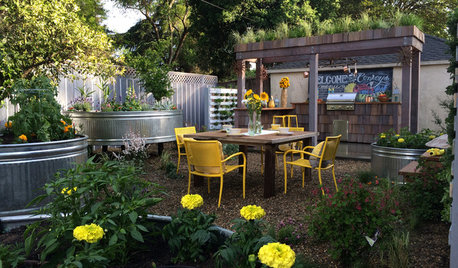
FARM YOUR YARDRemake Your Backyard Into a Mini Farm
You can get a taste of country life by line-drying your laundry, growing some produce or going whole hog with the critters
Full Story
GARDENING GUIDES10 Tips for Beginning Gardeners
With a simple sketch, basic tools and the right plants, you’ll be on your way to growing your first flowers or edibles
Full Story
FEEL-GOOD HOME21 Ways to Waste Less at Home
Whether it's herbs rotting in the fridge or clothes that never get worn, most of us waste too much. Here are ways to make a change
Full Story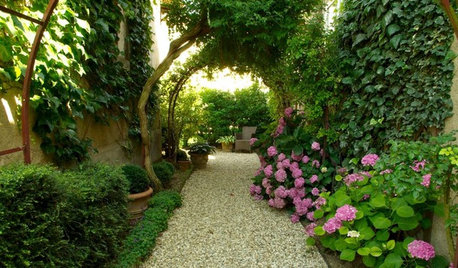
INSIDE HOUZZData Watch: How People Upgrade Their Yards and What They Spend
The 2017 U.S. Houzz Landscape Trends Study reveals what homeowners care about in their outdoor projects
Full StoryMore Discussions






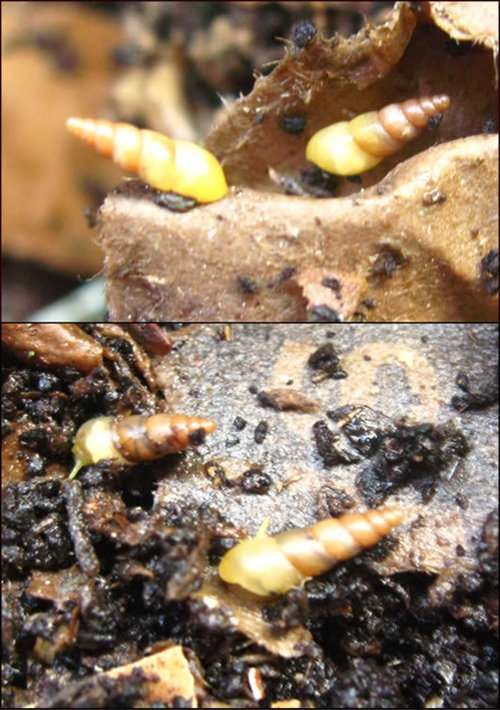
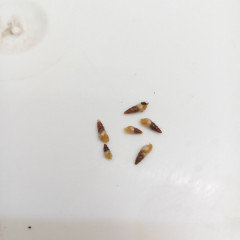


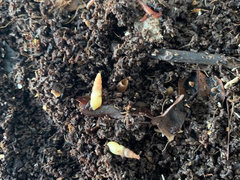
yhuyafadah